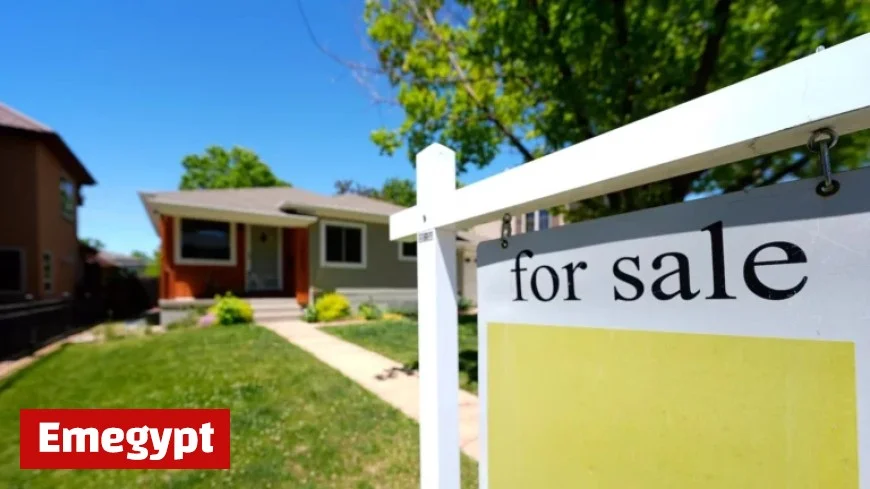US Long-Term Mortgage Rates Rise to 6.22% After Steady Decline

The mortgage landscape in the United States is experiencing notable changes as long-term rates increase after a period of decline. According to Freddie Mac, the average rate for a 30-year mortgage has risen to 6.22%, up from 6.17% the previous week. This shift marks the end of a five-week decline and occurs after reaching a low of 6.12%, the lowest level seen since October 3, 2024.
Current Mortgage Rates Overview
- 30-Year Fixed Mortgage Rate: 6.22%
- 15-Year Fixed Mortgage Rate: 5.5%, up from 5.41% the previous week
- Year-Ago Rates:
- 30-Year: 6.79%
- 15-Year: 6%
Mortgage rates are influenced by various factors, including the Federal Reserve’s interest rate decisions and the overall bond market trends. Recently, the 10-year Treasury yield was recorded at 4.09%, down from 4.16% the day prior. This yield typically guides lenders in setting mortgage rates.
Market Impact of Rising Rates
Higher mortgage rates may affect homebuyers’ purchasing power. The consistent rise in rates since September 2022 has contributed to a sluggish housing market. In fact, sales of previously occupied homes in the U.S. dropped to their lowest level in nearly three decades last year. Although sales have remained slow this year, they picked up speed in September, reflecting the easing of mortgage rates.
Starting in July, mortgage rates began to decline ahead of the Federal Reserve’s decision to lower its main interest rate in September after a year of gradual increases. This adjustment aimed to alleviate concerns about the U.S. labor market. However, the Fed’s Chair, Jerome Powell, indicated uncertainty about further cuts at the final meeting of 2025 in December, especially with inflation concerns persisting due to tariff implementations by the Trump administration.
Refinancing Trends
Despite the rise in long-term mortgage rates, refinancing remains robust. Homeowners who bought properties in recent years are seeking to take advantage of lower rates available now. For refinancing to become appealing, rates must dip below 6%. Currently, about 80% of homes with mortgages have rates below this threshold, with 53% boasting rates under 4%, according to Realtor.com.
The current trends in long-term mortgage rates underscore the evolving dynamics in the U.S. housing market. While recent increases might present challenges, they also signify a critical period for both homebuyers and homeowners looking to refinance their loans.




























